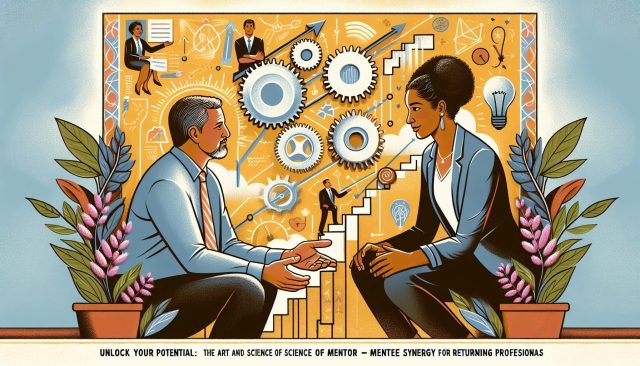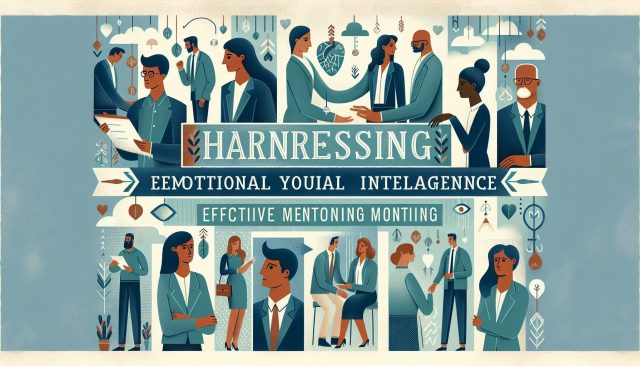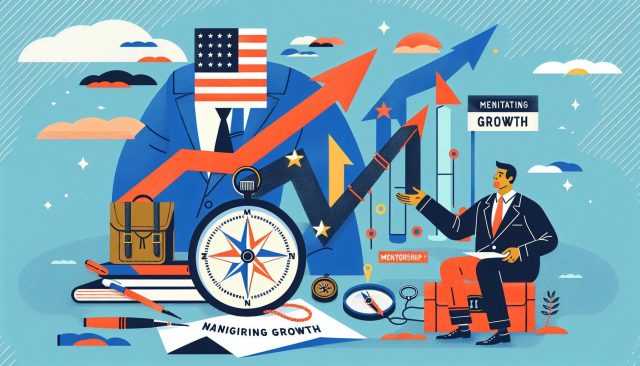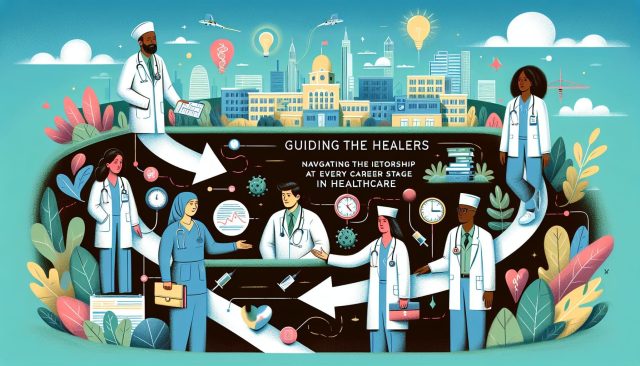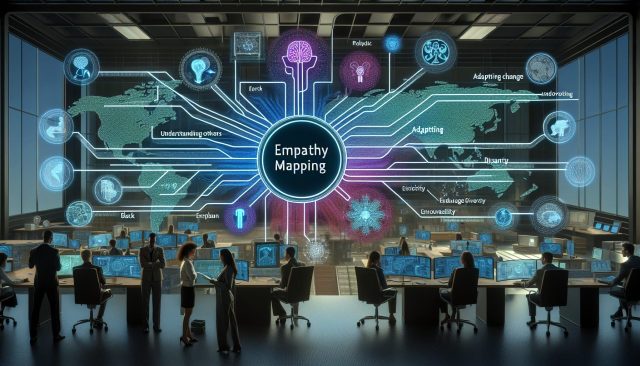Unlock Your Potential: The Art and Science of Mentor-Mentee Synergy for Returning Professionals
<p>As the world celebrates National Mentoring Month, returning professionals who are re-entering the workforce, shifting careers, or seeking to upskill can find themselves at a unique crossroads. The quest for relevancy, learning, and growth is fueled not only by personal determination but also by the transformative power of mentorshipa relationship that, when harmoniously matched, can propel one's career to new heights. But how does one ensure that the mentor-mentee pairing is a success?</p>
<p>The science of matching mentors with mentees is both an art and a science, requiring not only a keen understanding of professional needs and personal attributes but also a recognition of the evolving landscape of skills and demand within industries. For returning professionals, who often bring a wealth of experience yet seek updated skillsets, the mentor-mentee dynamic is crucial in reenergizing careers and facilitating meaningful transitions.</p>
<h2>The Power of Alignment</h2>
<p>Successful mentorship hinges on alignmentbetween the goals of the mentee and the expertise of the mentor. It's about more than just matching experience levels; it involves resonating professional interests and complementary skill gaps. Returning professionals often carry rich backgrounds but may feel disconnected from current industry trends. A mentor well-versed in emerging technologies or evolving market practices can provide invaluable insights, bridging knowledge gaps and enhancing the mentees adaptability and marketability.</p>
<h2>The Role of Skill Audits</h2>
<p>Before embarking on the mentorship journey, a skill audit can be incredibly beneficial. By identifying both strengths and areas for development, returning professionals can better understand their needs. This introspection, when shared with a prospective mentor, aids in forming a partnership that is not only supportive but also strategic. The ability to articulate what one wishes to achieve or learn makes for a more directed and productive mentorship experience.</p>
<h2>Cultivating a Growth Mindset</h2>
<p>A successful mentor-mentee relationship thrives in an atmosphere of continuous learning and adaptability. This growth mindset is especially critical for returning professionals who are navigating sectors where change is more the norm than the exception. A mentor who encourages exploration, questioning, and resilience can help a mentee embrace new challenges and opportunities, turning potential roadblocks into learning experiences.</p>
<h2>Harnessing the Power of Diversity</h2>
<p>Diverse viewpoints lead to richer learning experiences. A mentor from a different sector, demographic, or cultural background can provide novel insights, challenging returning professionals to think beyond conventional paradigms. This diversity can be a powerful tool in broadening horizons and fostering innovation, proving invaluable in a rapidly changing world.</p>
<h2>The Technological Bridge</h2>
<p>With technological advancements playing a crucial role in most fields, mentors who are adept at digital tools and platforms can empower returning professionals to leverage technology effectively. From mastering new software to understanding digital communication trends, the right guidance can facilitate a smoother integration into modern workflows, boosting confidence and competence.</p>
<p>Mentorship, when executed with foresight and intention, becomes more than a professional relationshipit evolves into a transformative journey. For returning professionals, the right mentor is an ally in the quest for knowledge, a champion of personal growth, and a partner in navigating career paths with confidence and clarity. As we honor National Mentoring Month, let us celebrate the science and art of mentor-mentee synergy, embracing it as a cornerstone of continuous learning and advancement.</p>
















